Economic hub set to grow new legs
Ho Chi Minh City is to develop in two main directions to facilitate better links with neighbouring provinces. The two main development directions will be eastwards and southwards, while the secondary directions will be northwards and northwestwards and westwards and southwestwards, according to a report by the Ho Chi Minh City People’s Committee, submitted recently to the Ministry of Construction
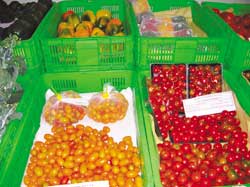 Order is to be brought to the rapidly growing metropolis |
The second is the southern corridor, along Nguyen Huu Tho road, linking urban areas with Hiep Phuoc Port.
The third is the northwest corridor along Highway 22, linking the Duc Hoa of Long An province and Trang Bang of Tay Ninh province and Thu Dau Mot of Binh Duong province. Fourth is the west-southwest corridor along Nguyen Van Linh Boulevard, linking urban areas south of the city, the Tan Kien urban area and the centre of Binh Chanh district.
The orientation of the city’s development to 2025 will emphasise the relation between Ho Chi Minh City and the urban areas of Dong Nai, Ba Ria-Vung Tau, Binh Duong, Binh Phuoc, Tay Ninh, Long An and Tien Giang provinces, with areas totaling 30,412 square kilometres.
The new development trend is aimed at creating a link to, and supporting development with, the surrounding provinces. The development will not depend on administrative borders in order to ease pressures on the old inner city, and will be a basis for the formation of various sector centres, including in education, healthcare, high technology, culture and recreation.
The city’s government has also determined that additional scientific urban areas will be developed northeast of the city, in District 9 and Thu Duc district, as well as in Hiep Phuoc Port. Currently, the main centre of the city comprises Districts 1, 3, 4 and 5 and part of Binh Thanh district.
The new city centre will be expanded to the 737 hectare Thu Thiem district.
Centres in other areas will be to the east in Long Truong ward in District 9, bordering the Ho Chi Minh City-Long Thanh-Dau Giay expressway (280ha). The north will see the new Northwest urban area (300ha) and the west will be close to Highway 1 in the Tan Kien village of Binh Chanh district (200ha).
One forecast has said that by 2025, the city’s population would need 4.3 million cubic metres of water per day. According to the water-supply plan until2020, all water supply projects can only supply 3.2 million cubic metres per day, so the city will need to get supplementary water from the Tri An and Dau Tien reservoirs.
By 2025, the city will also need more electricity, as thermopower and hydropower plants in the Southern Key Economic Zone cannot meet demands. It will therefore be necessary to build new power plants, including nuclear power plants to supply sufficient electricity to the zone and Ho Chi Minh City.
What the stars mean:
★ Poor ★ ★ Promising ★★★ Good ★★★★ Very good ★★★★★ Exceptional
Related Contents
Latest News
More News
- Nhon Trach VI Industrial park welcomes new high-quality warehousing facility (November 03, 2024 | 20:19)
- Long-term funds to address logistics cost (November 03, 2024 | 19:52)
- C.P. Vietnam joins PPP to promote transformation of food industry (November 02, 2024 | 10:04)
- Hung Yen propels investment in Germany and the Netherlands (November 02, 2024 | 09:54)
- 2024 may be Vietnam's most successful year for FDI (November 01, 2024 | 16:10)
- Logistics supply chain efficiency on the rise (October 31, 2024 | 17:27)
- Digital transformation to compete in challenging logistics market (October 31, 2024 | 17:20)
- FDI success promising in light of fresh plans (October 31, 2024 | 17:12)
- Vietnam's logistics sector confronts new challenges (October 31, 2024 | 14:40)
- VinFast to secure $1 billion funding led by Emirates Driving Company (October 31, 2024 | 11:12)



 Tag:
Tag: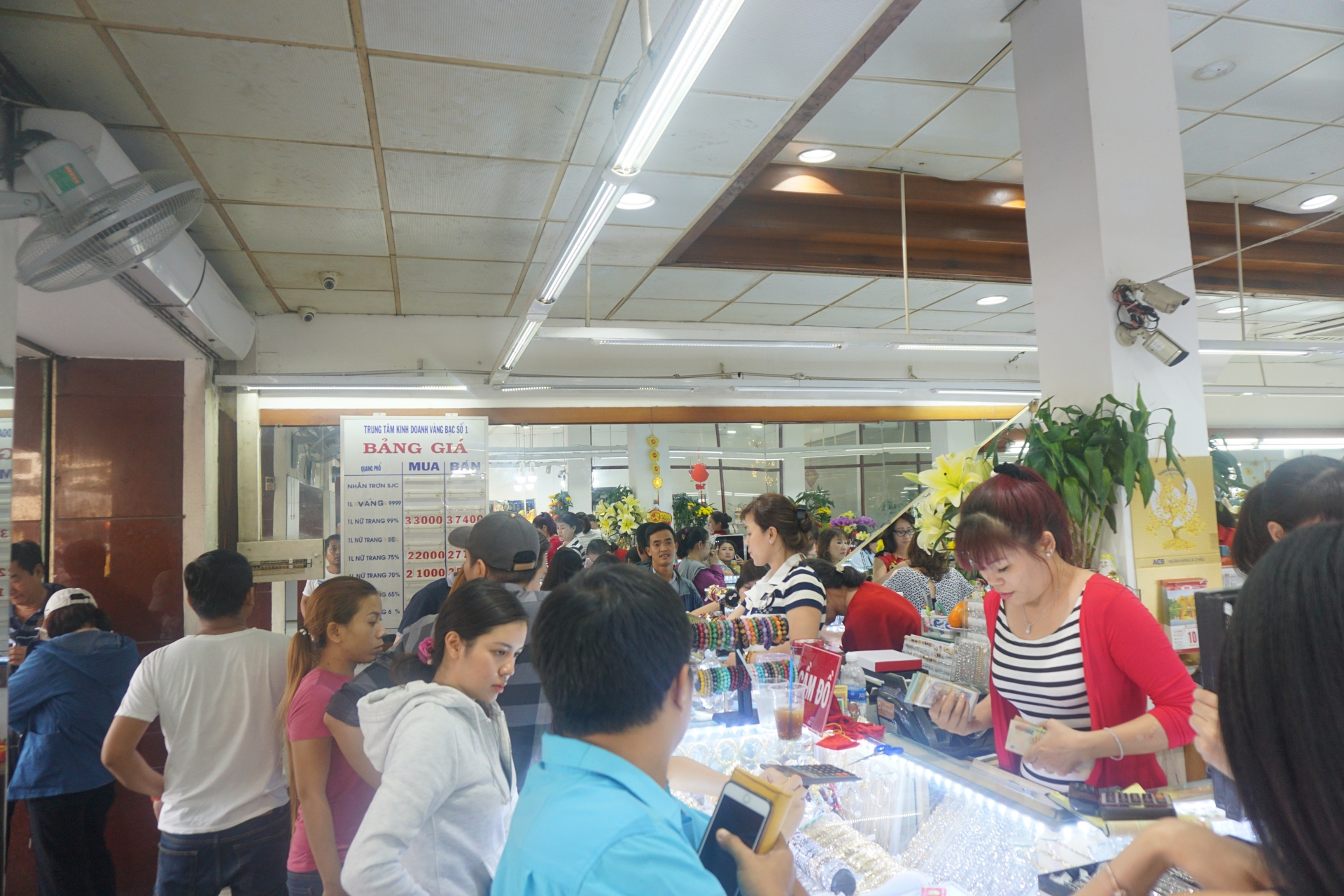
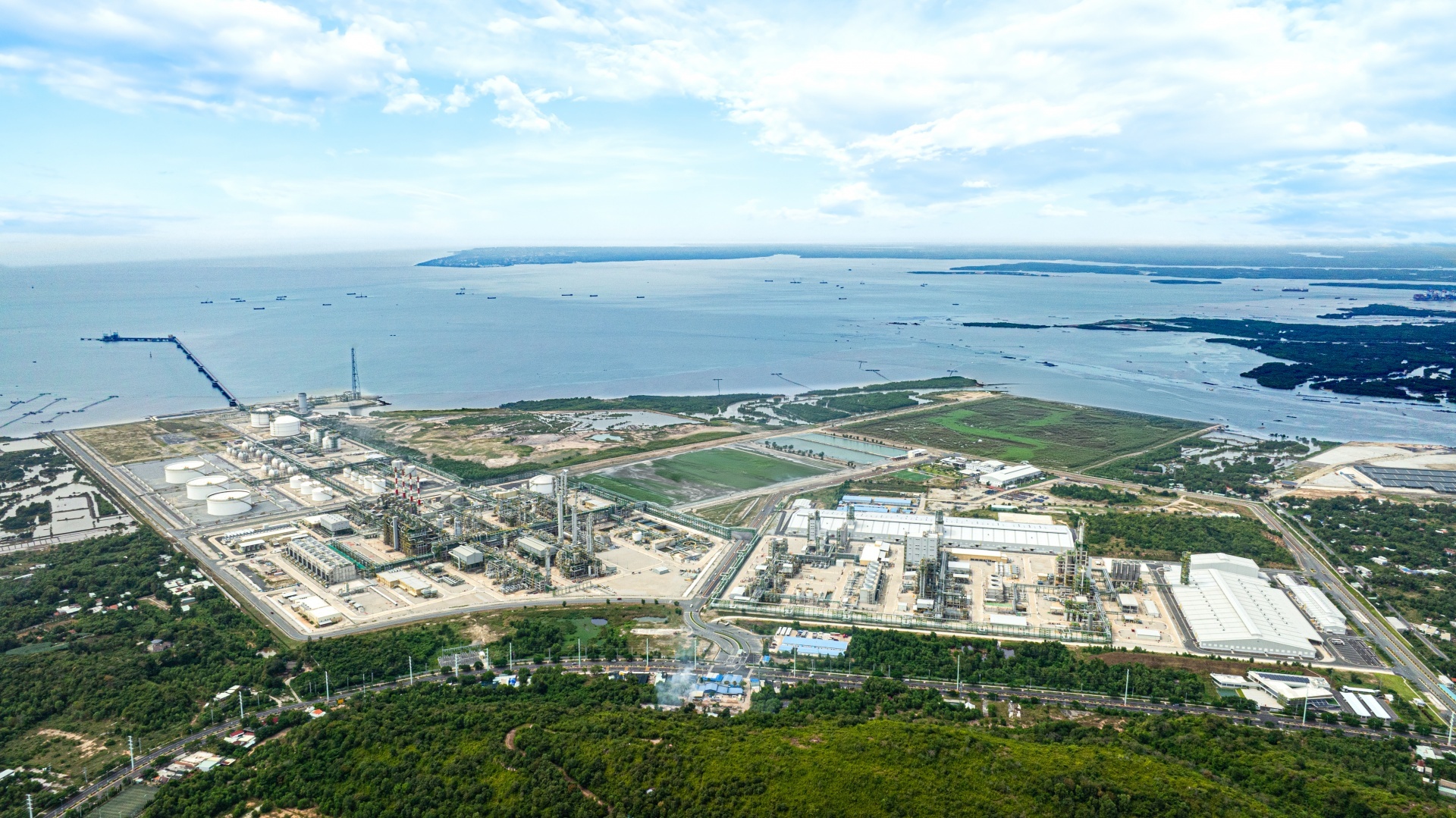

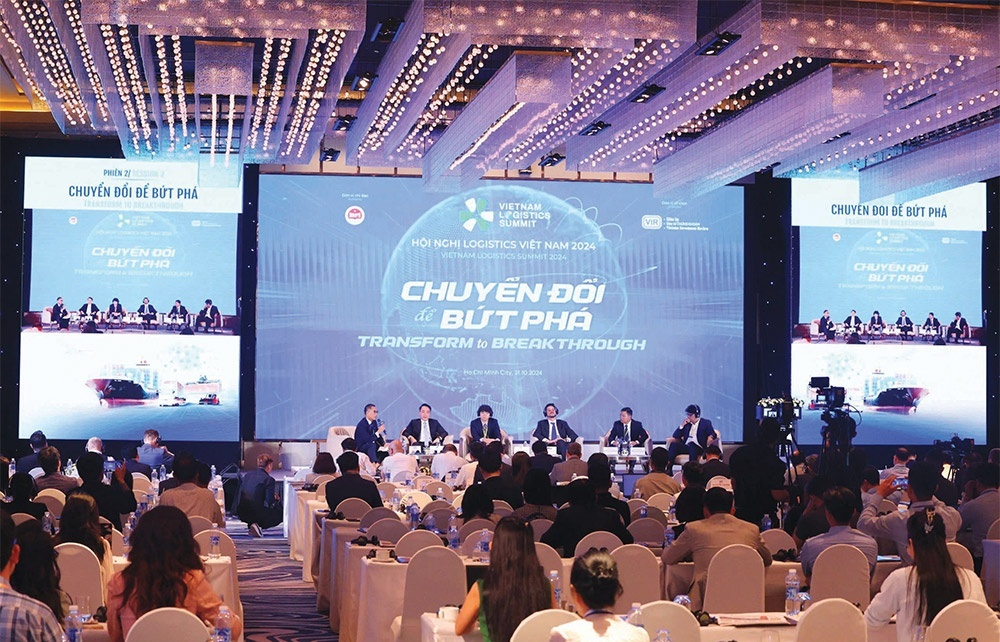
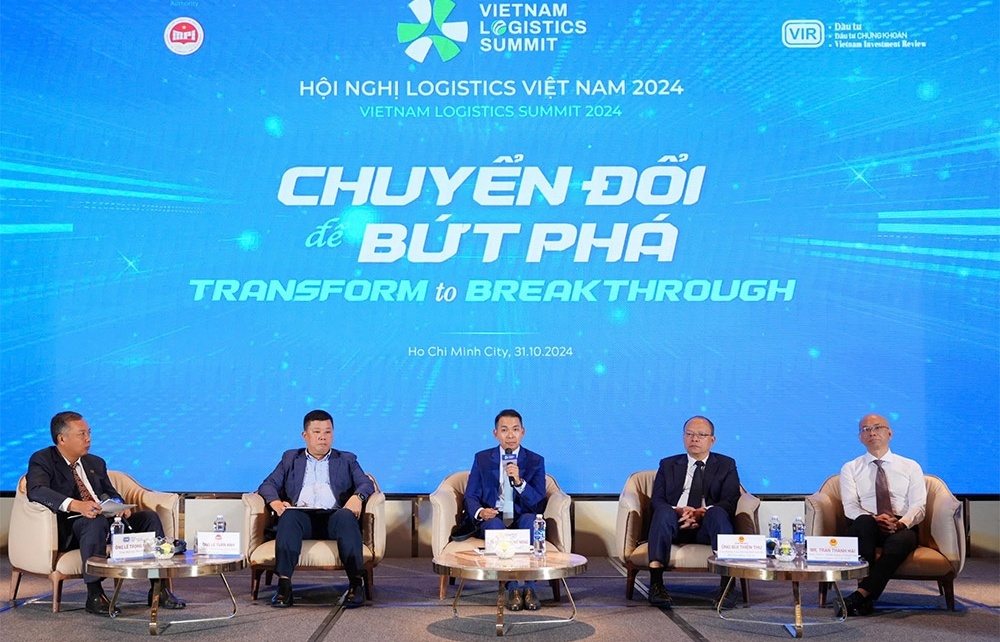
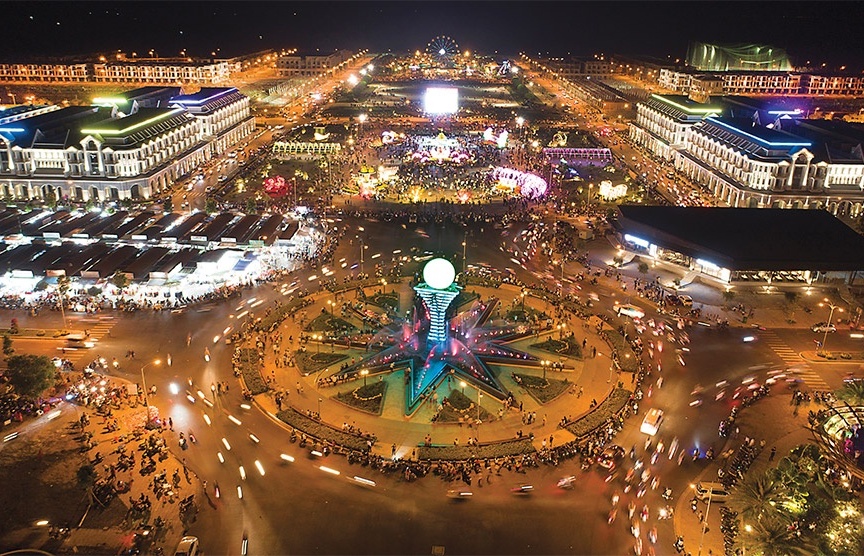
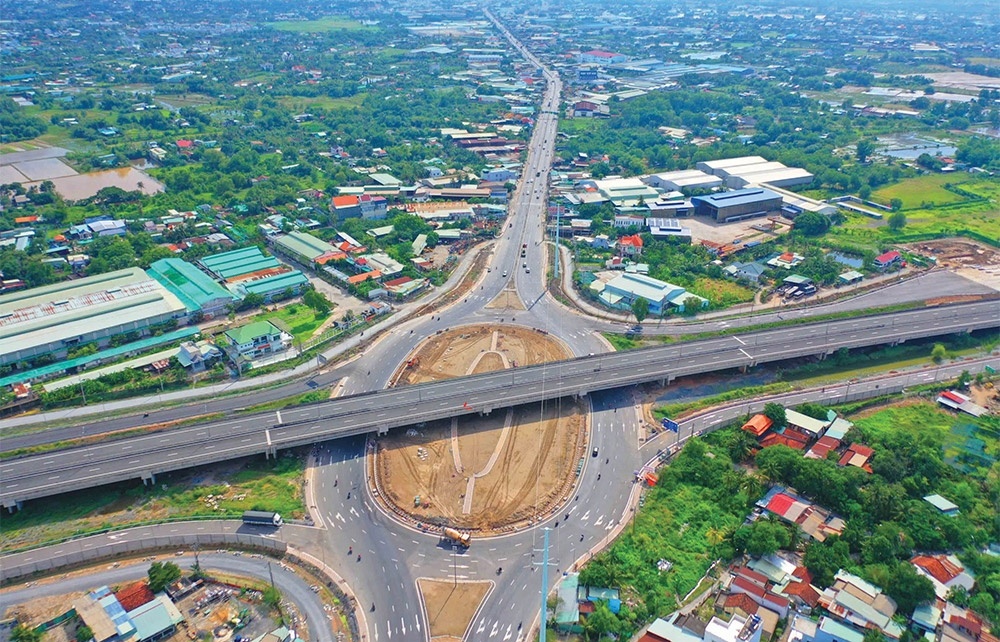




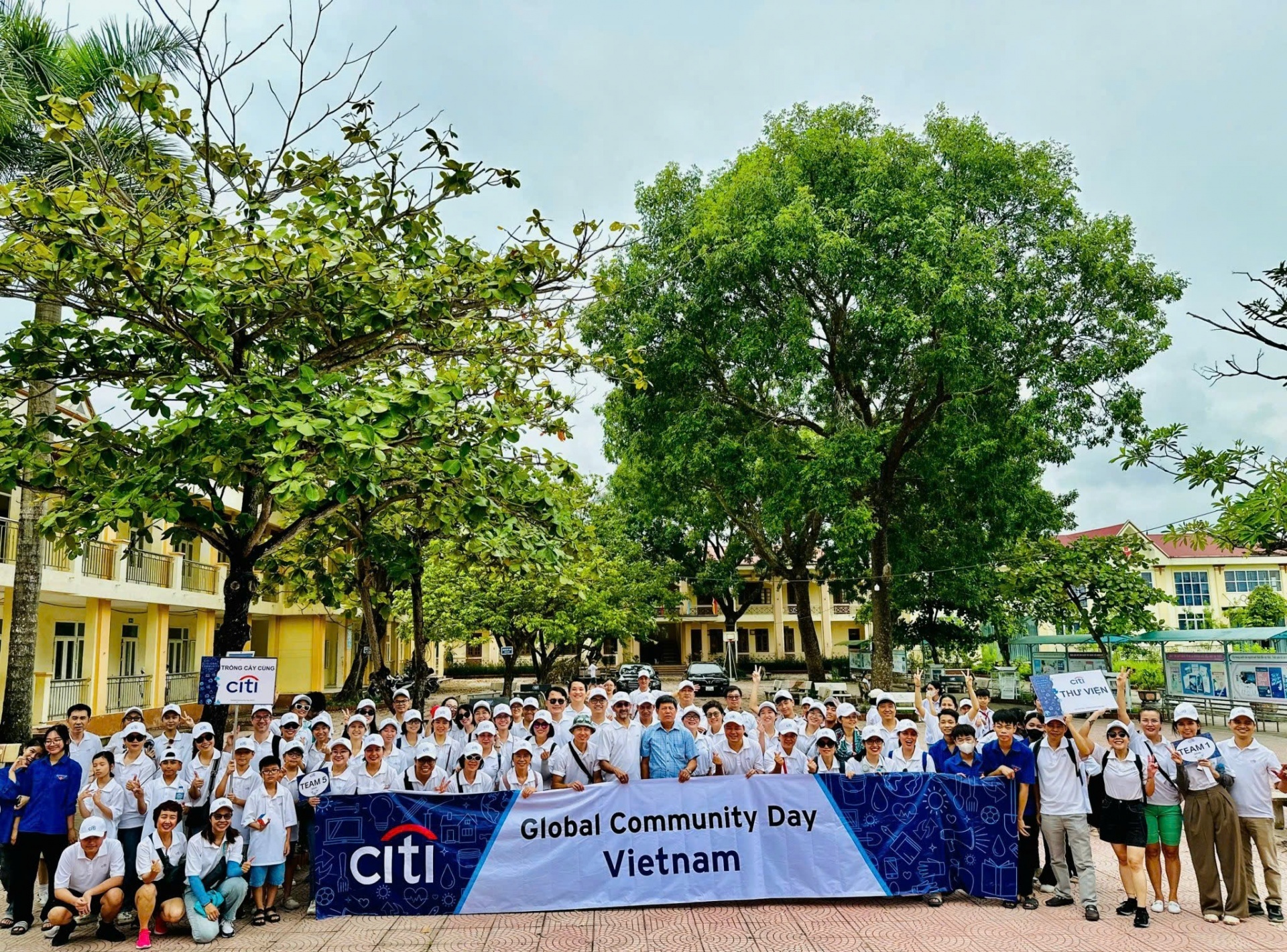






 Mobile Version
Mobile Version